When consumers have a need, they turn to the web. Approximately 87% of shoppers begin product searches on digital channels. To reach and engage these consumers, brands use search engine marketing (SEM) to deliver relevant advertisements.
What is SEM?
Search engine marketing is often used as an umbrella term that incorporates search engine optimization (SEO) and paid advertisements. Digital marketing professionals typically use SEM to refer to the process of buying web traffic through paid listings.
What’s the difference between SEM and SEO?
SEO and SEM are strategies that fall within the broader category of website marketing. These days, your website is your best marketing tool, so anything you can do to drive relevant traffic to your site has a high potential to produce a positive return on investment.
Brands use SEM and SEO to increase their visibility in search engine results pages (SERPs). While SEO strategies aim to earn organic traffic through unpaid listings, SEM strategies incorporate paid listings such as pay-per-click ads.
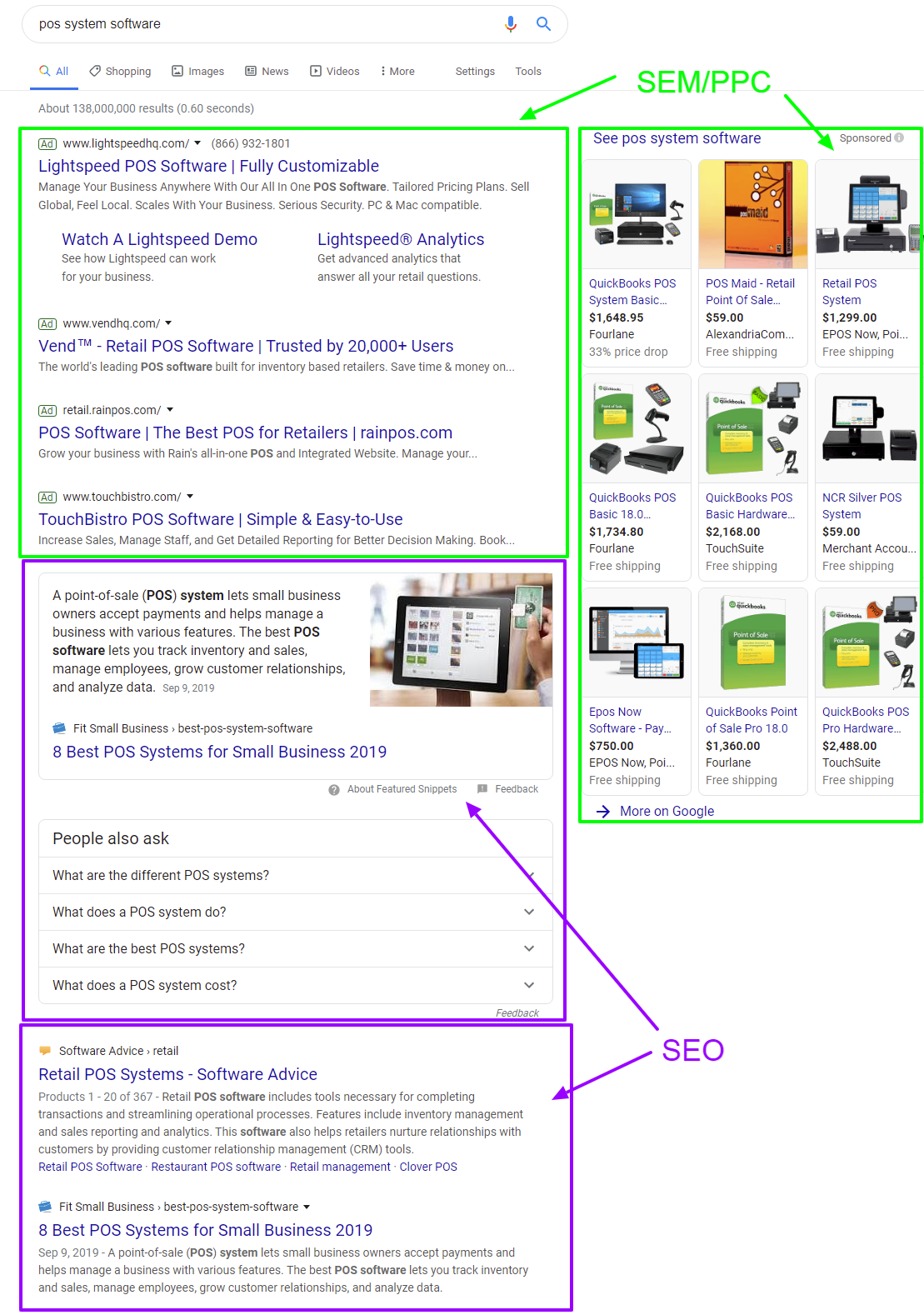
The two concepts are not wholly separate, however.
You can think of SEM as the connection between SEO and PPC. By aligning SEO and pay-per-click strategies, brands can maximize the results of their digital marketing campaigns. When those strategies are siloed, positive results become diminished.
Both SEO and SEM focus on developing content and ad copy that appeals to a specific target audience. Through tactics like keyword research, marketers craft appeals that resonate with web users who are most likely to be interested in a product or service.
By evaluating the results of SEO and SEM strategies together, marketers can identify the best opportunities for increasing ROI.
Looking for more information about SEO? Check out our enterprise SEO guide for an in-depth explanation.
What type of results can you expect from an SEM strategy?
An SEM campaign strategy can provide many benefits for B2B and B2C brands.
When web users search for products and services online, they may be ready to make a purchase, or at least close to making a decision. Effective SEM tactics can therefore help brands reach their sales goals by driving qualified website traffic to relevant landing pages.
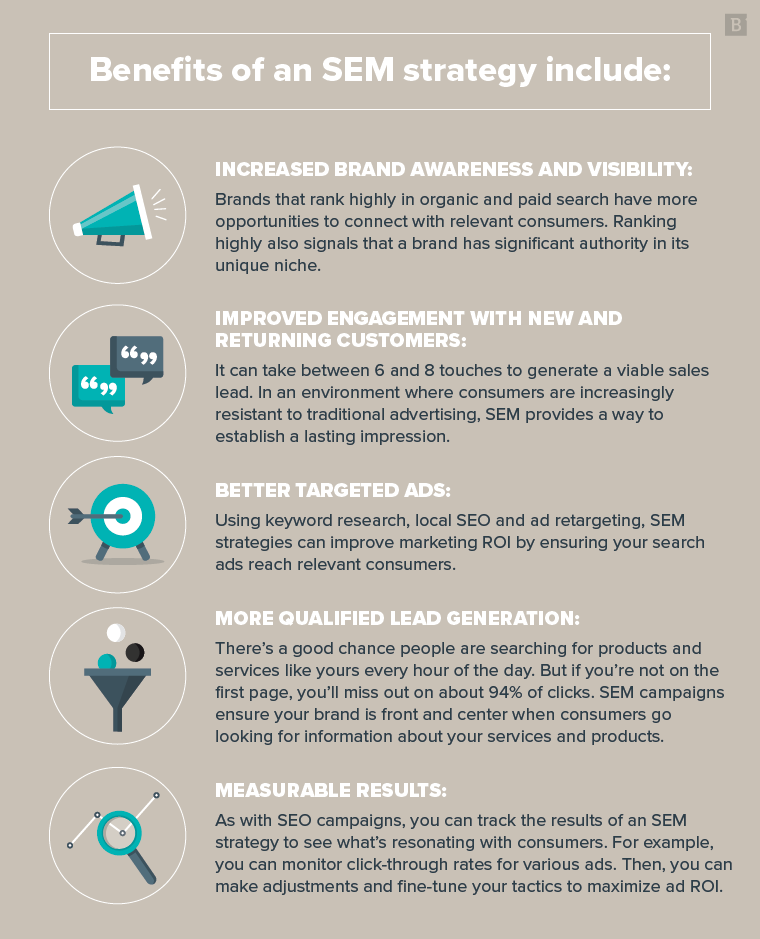
Benefits of an SEM strategy include:
- Increased brand awareness and visibility: Brands that rank highly in organic and paid search have more opportunities to connect with relevant consumers. Ranking highly also signals that a brand has significant authority in its unique niche.
- Improved engagement with new and returning customers: It can take between 6 and 8 touches to generate a viable sales lead. In an environment where consumers are increasingly resistant to traditional advertising, SEM provides a way to establish a lasting impression.
- Better targeted ads: Using keyword research, local SEO and ad retargeting, SEM strategies can improve marketing ROI by ensuring your search ads reach relevant consumers.
- More qualified lead generation: There’s a good chance people are searching for products and services like yours every hour of the day. But if you’re not on the first page, you’ll miss out on about 94% of clicks. SEM campaigns ensure your brand is front and center when consumers go looking for information about your services and products.
- Measurable results: As with SEO campaigns, you can track the results of an SEM strategy to see what’s resonating with consumers. For example, you can monitor click-through rates for various ads. Then, you can make adjustments and fine-tune your tactics to maximize ad ROI.
Once visitors land on a page, your content marketing strategy takes over. For example, an ecommerce brand might direct their pay-per-click advertising to relevant landing pages that describe each product’s features and benefits in depth. These pages may include copy, images, videos and other forms of engaging and informative content.
B2B brands often take a similar approach: Their pay-per-click advertising directs relevant traffic to landing pages that feature gated content designed to capture lead information such as business email addresses. A visitor who is interested in a particular service might click on an ad, view an infographic and then submit their email address in exchange for an in-depth case study.
SEM, SEO, pay-per-click marketing and content marketing work best when their goals are aligned with the brand’s business objectives, as you’ll see in the following examples.
SEM strategy examples
The days of throwing money at a campaign with mass-market appeal are over. SEM campaigns combine audience research and keyword research to place ads in front of relevant readers. Here are a few ways to maximize the ROI of your campaigns. These tips work equally well for ads placed in search engines, or for ads posted to social media channels.
The days of throwing money at a campaign with mass-market appeal are over.
Personalize your search ads
Personalization can improve your click-through rates because the people who view your ads are more likely to be the right people, not just anyone who happens to be searching for a related keyword. In fact, 71% of consumers say they prefer ads tailored to their personal interests and shopping habits.
Using tools like Google Ads’ customer match feature, you can use the information you already have about your customers to develop unique audiences.
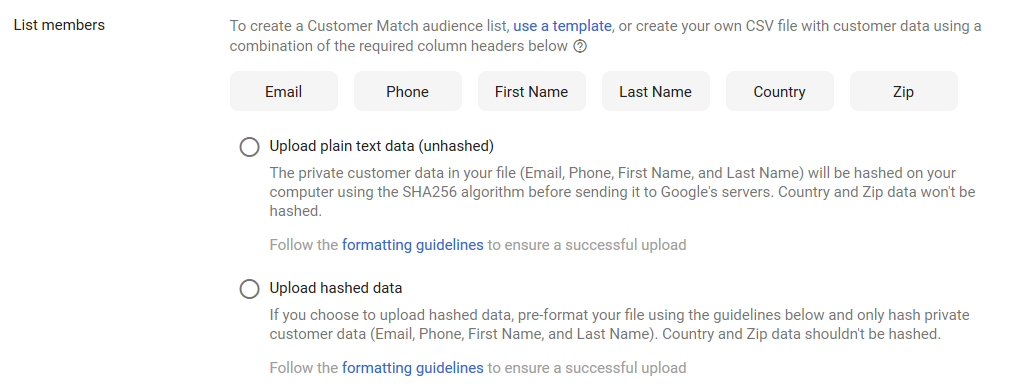
For example, let’s say you have collected customer contact information through an eBook download form. You can upload that information to Google Ads, create a custom audience and write ad copy that appeals to people who have read your eBook. Then, when those customers are signed into their Google account, they’ll see your ads when they use search.
Use similar audience ad targeting
You can use the information you have about your existing customers to appeal to people who exhibit similar behaviors online. Google reports that ads using the Similar Audience tool see 41% more conversions when combined with Display Remarketing. This strategy can directly impact your campaign click-through rates.
Here’s how it works:
- You create a remarketing list of people who have purchased a product from your website.
- You upload that data to Google Ads.
- A machine learning algorithm identifies the keywords and phrases used by people on the list before they made a purchase.
- The ad network delivers targeted ads to people not on your list who conduct similar searches.
Google reports that ads using the Similar Audience tool see 41% more conversions when combined with Display Remarketing.
For a B2B business, this might mean the difference between marketing to people who have a broad interest in your industry versus marketing to people who have a specific need for your company’s services.
Create region-specific campaigns
Increasingly, consumers search the web with the intention of finding local results. When someone searches for “ice cream,” chances are they want to find a cold treat near their current location, not half-way across the world.
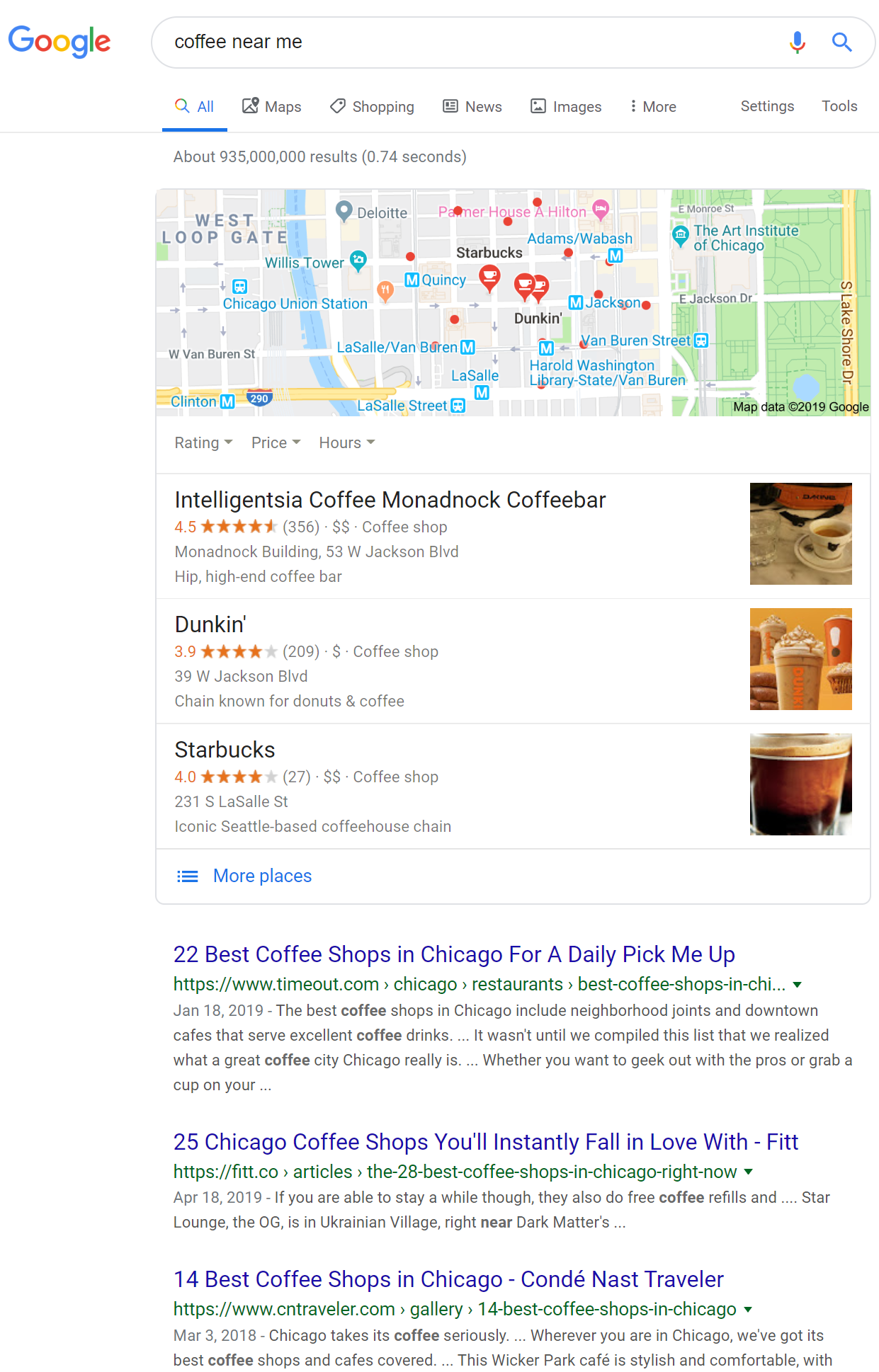
Google estimates that about 30 percent of all searches have local intent, and that number is likely much higher for mobile searches. In fact, 69% of surveyed consumers use their smartphones to help them shop, and 82% of that group uses the “near me” keyword phrase.
Google Ads, and other similar networks, make it easy to target ads based on a user’s geographic location. Using IP addresses and other signals, marketers can create ad groups with unique copy.
Marketers can use ad extensions to obtain even more value from their campaigns. Adding phone numbers to local search results can boost engagement.
For instance, a car repair shop might use copy that says, “Find out why drivers in Anaheim trust John’s Smog Check.” Then, the company could use filters to only display the ad to people searching for smog check centers near Anaheim, CA.
Recommended SEM tools
Search advertising costs can vary greatly depending on your goals, brand reach and other factors. Generally, pay-per-click campaigns use a bidding mechanism to display ads. Marketers determine the maximum amount they’re willing to spend for a click, and an algorithm takes care of the rest. Some keywords can be very expensive. In 2019, the average cost-per-click for the keyword “insurance” was $58.
There are many tools available to help you identify which keywords to use so you can optimize your bidding strategies. Here are three favorites:
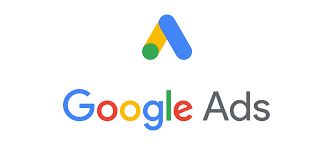
Google Ads
Previously known as AdWords, Google Ads is one of the most popular SEM platforms. After all, Google dominates 90.46% of the search engine market.
You can build your ads and audiences from the Google Ads dashboard, and track very detailed analytics for each of your marketing campaigns. You can even connect your site analytics for a holistic picture of your outreach efforts.
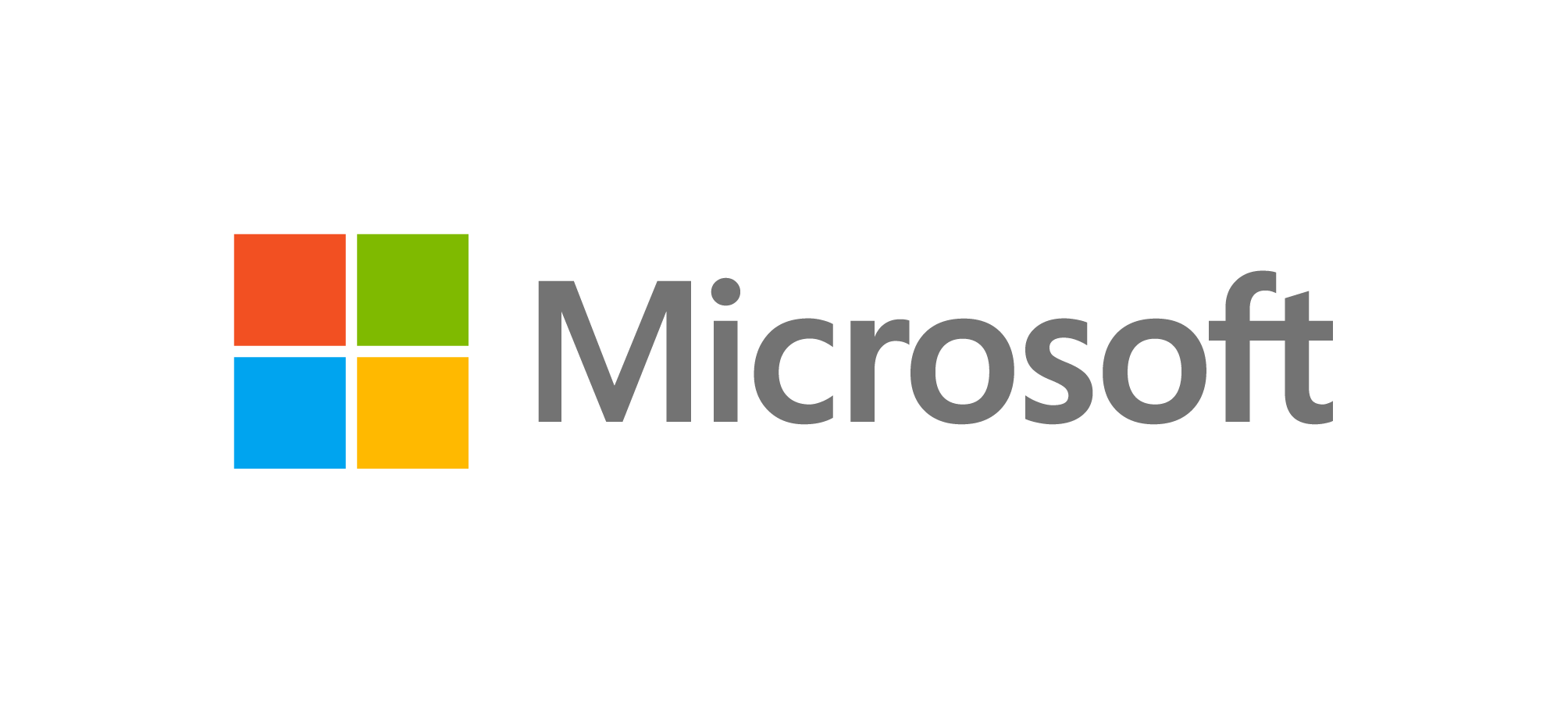
Microsoft Advertising
Very similar to Google Ads, Microsoft Advertising (formerly Bing Ads) offers robust audience segmentation tools. Plus, bids on the Microsoft ad network tend to be more affordable due to lower competition.
People might conduct fewer searches on Bing, but that doesn’t mean it’s a waste of time to advertise there. In a smaller pond, you’ll have more opportunities to get your messages in front of relevant people. Plus, B2B brands can coordinate their Bing and LinkedIn ads from a central dashboard.

SEMrush
If you’re interested in aligning your SEM and SEO strategies, SEMrush can help you. This feature-rich platform has a number of analytics tools to help you visualize pay-per-click campaigns. Plus, SEMrush has a full suite of SEO tools.
Using the various reports offered by the platform, marketers can ensure that their ads, landing pages and social media posts form a cohesive message that makes sense to site visitors.
A comprehensive SEM strategy can support B2B and B2C brands by increasing their visibility in search results.
Learn more about pay-per-click advertising, a key component of SEM, in our complete guide.





